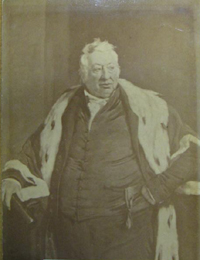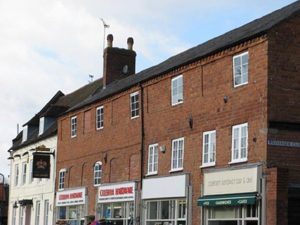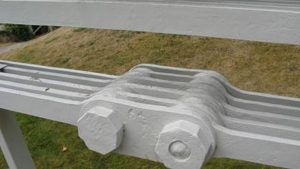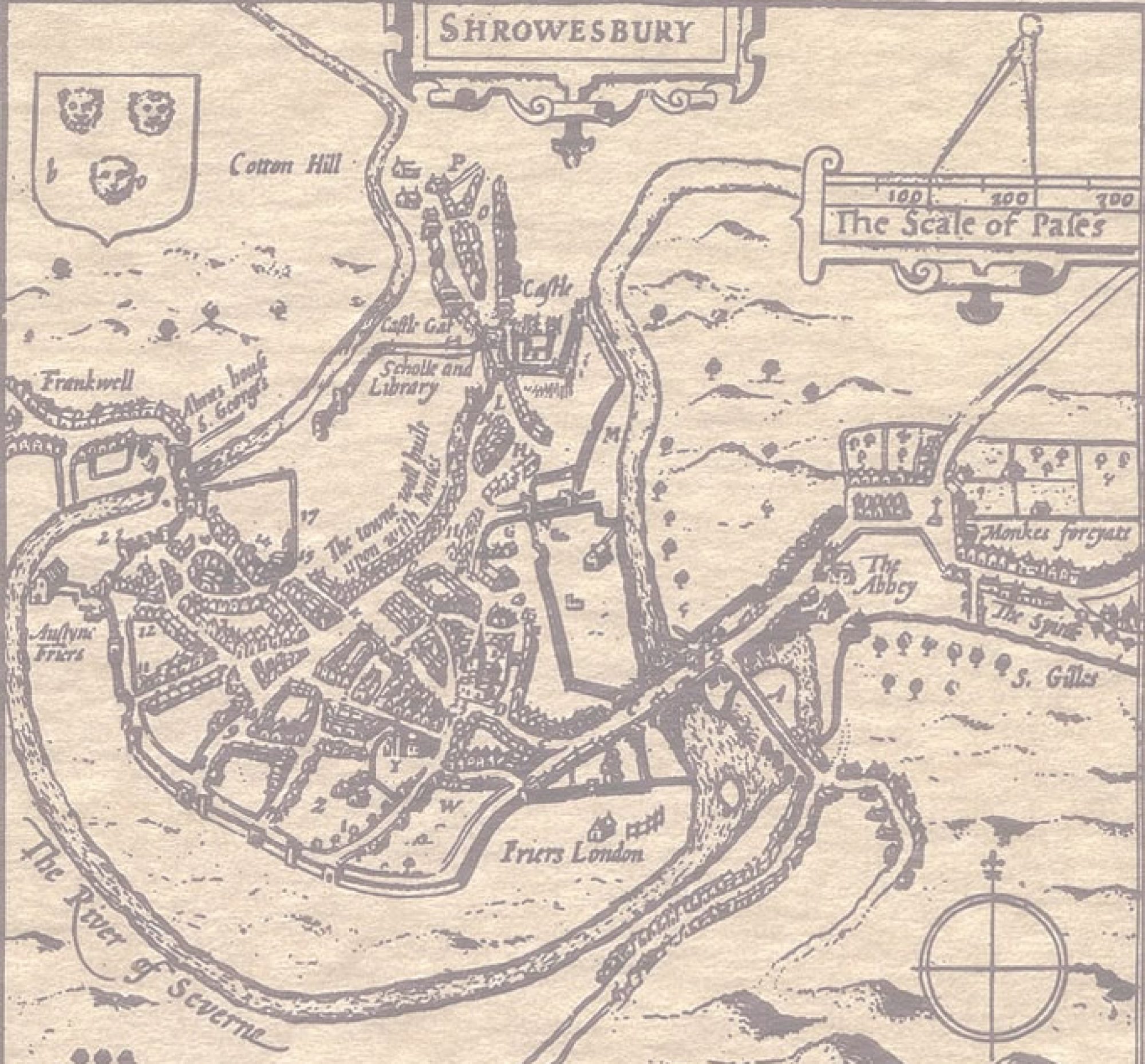
In the last article we mentioned that in 1836 Robert Burton was ousted as Mayor of Shrewsbury by the ironmaster William Hazledine, who also has a road named after him, Hazledine Way. This is part of Shrewsbury’s inner ring road, connecting Meole Brace and Reabrook. Hazledine (1763-1840) is also commemorated by Hazeldine [sic] Crescent in Shawbury, and Hazledine Court in Coleham, Shrewsbury. These locations give us some clues as to his story.
He was born in Shawbury, but moved when he was young to Moreton Forge (now Moreton Mill) just outside the village. His grandfather, father and uncle were all millwrights (who built and repaired mills), and they also worked at the forge, as forge carpenters. William and his older brother John were trained to be millwrights and they became intimately acquainted with the iron industry through their time at the forge.

After his apprenticeship William moved to Shrewsbury where he set up a successful business as a millwright and a maker of millstones. Soon after this he leased Pitchford Forge for the production of wrought iron, and also built his own foundry at Coleham, near to where Greyfriars footbridge is today. One of the major commissions for the Coleham Foundry was all the castings for the Ditherington Flax Mill, thought to be the oldest iron-framed building in the world.
Early in his career Hazledine became friendly with Thomas Telfordand John Simpson. The three of them were responsible for such groundbreaking structures as Chirk and Pontcysyllte Aqueducts, the locks on the Caledonian Canal (whose gates were originally of iron), and a whole series of important cast-iron arch bridges, many of which are still standing.

Perhaps William Hazledine’s greatest achievement was the supply of the ironwork for the Menai and Conwy suspension bridges. The bridges are suspended by ‘chains’ which are made of sections containing five flat bars of wrought iron about 9 feet long bolted together with connecting plates. Menai alone had 16 main chains, each about a third of a mile long, and the bridges contained a total of 35,649 pieces, mostly of wrought iron. The wrought iron was made at Upton Forge, which Hazledine had leased since 1800. This was then transported by river from Atcham to Hazledine’s headquarters at the bottom of Wyle Cop, where the iron was subjected to rigorous testing, using machines specially made for the purpose. Such was the excellence of the workmanship that only around 6% of the components failed the testing regime.
The ironwork was then rust-proofed by immersing it in boiling linseed oil, and sent via horse and cart to Weston Lullingfields near Baschurch, which was the nearest point to the Ellesmere Canal. It was then transported along the canal to Chester, where it was loaded on boats to make the final journey to north Wales. This work made Hazledine nationally famous and in 1832 he was presented to Princess Victoria, who, with her mother the Duchess of Kent, was visiting Shrewsbury. The Duchess particularly wanted to hear about the construction of Menai Bridge. An observer recorded in the Shrewsbury Chronicle that,‘The royal party expressed great satisfaction at the lucid and instructive manner in which the explanations were given, and the tact and shrewdness displayed in Mr Hazledine’s answers. Persons who were present described the interview as most interesting. Mr Hazledine received a present as a token of approbation; and the Duchess of Kent, when she passed over the Menai Bridge, examined every part minutely, according to Mr Hazledine’s description, and even entered the caves in which the iron suspension cables were fixed.’
The ironwork of Menai Bridge was replaced with steel in the 1940s, but Conwy is as originally built, though it is now only a footbridge. It is managed by the National Trust, and information on opening times is here. What is thought to be a trial link for the bridge is now on display at the Shrewsbury Museum and Art Gallery. Opening times can be found here.
